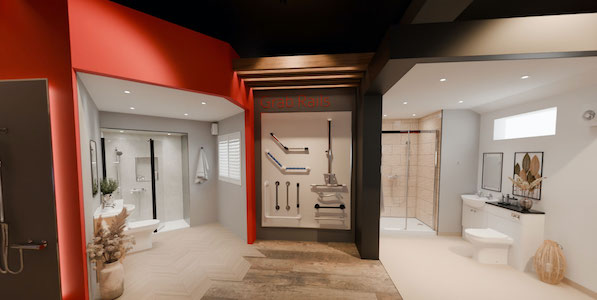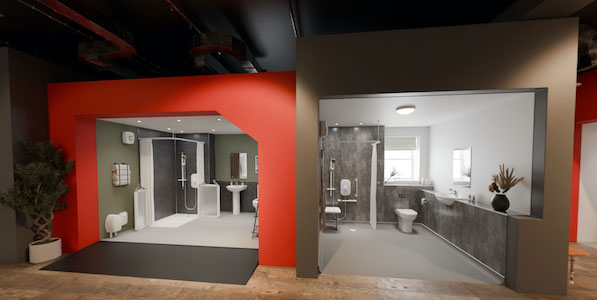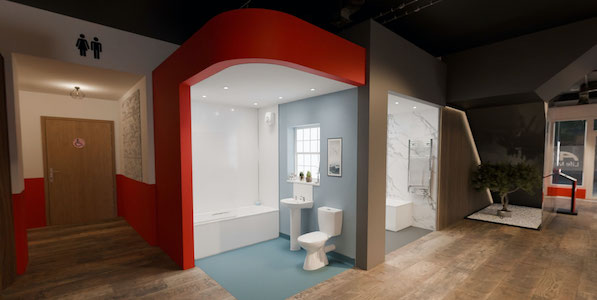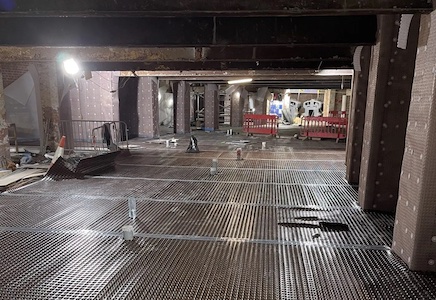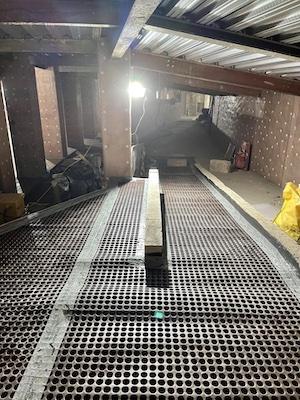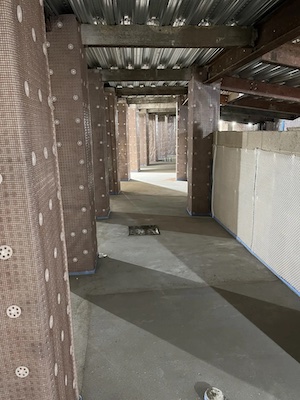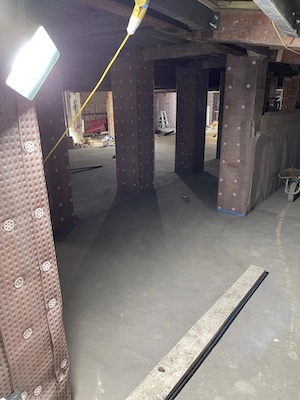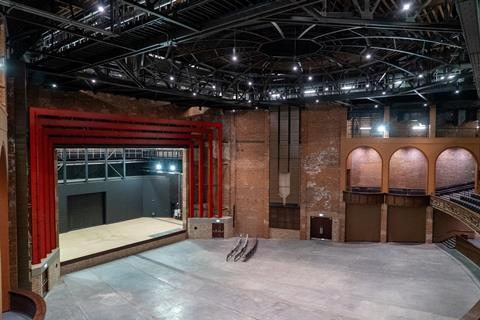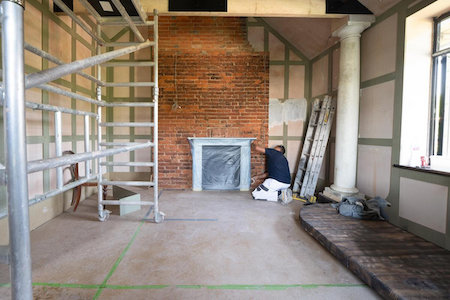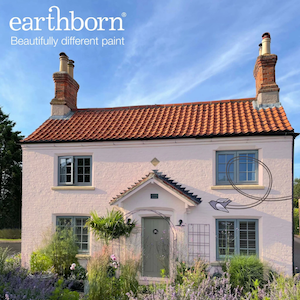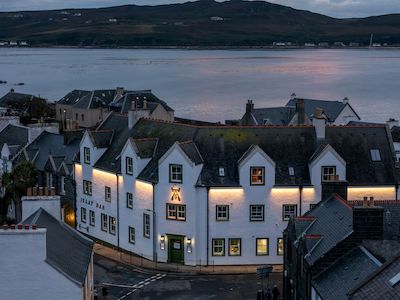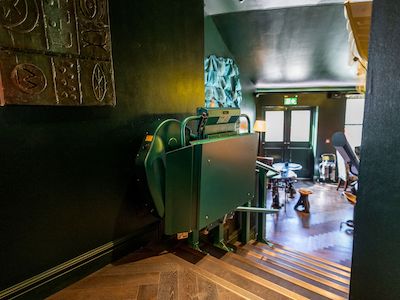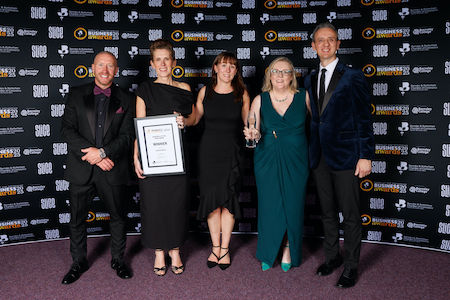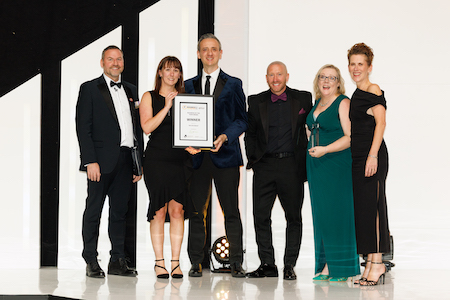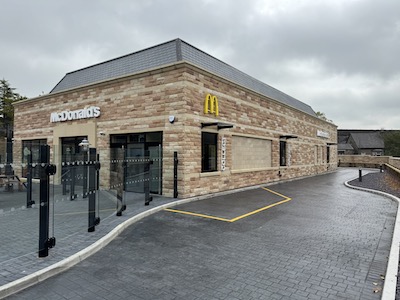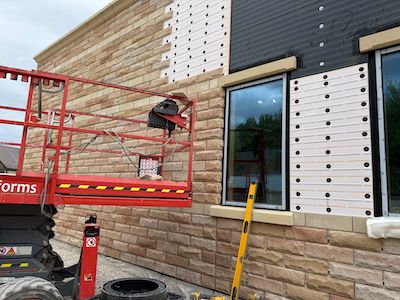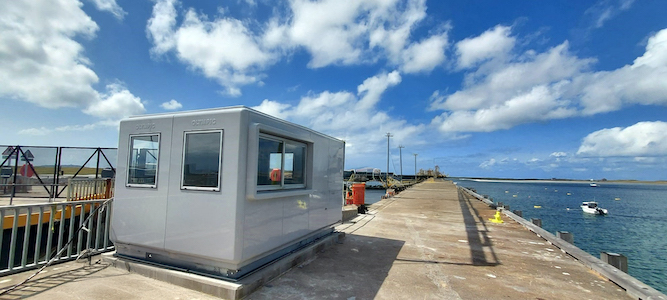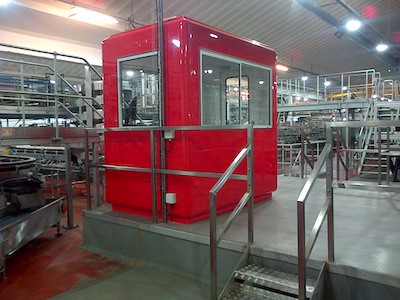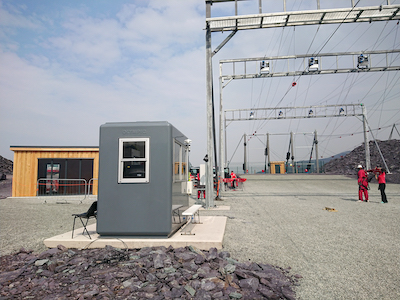View the Toupret entry on BPindex
With the introduction of the first phase of Awaab’s Law introduced in October, and the Renters’ Rights Act due to come into force next year, landlords, local authorities, housing associations, and property maintenance teams are already starting to see a change to how they manage and respond to property repairs and hazards.
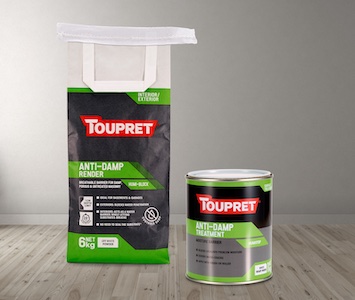 Awaab’s Law, for example, sets strict deadlines for repairs to be investigated and corrected, enforcing accountability for housing providers. Emergency hazards now need to be investigated within 24 hours, written summaries produced within 48 hours, and remedial action to take place within 7 days. Missing these deadlines could oblige housing providers to provide alternative accommodation, result in fines and lead to significant costs.
Awaab’s Law, for example, sets strict deadlines for repairs to be investigated and corrected, enforcing accountability for housing providers. Emergency hazards now need to be investigated within 24 hours, written summaries produced within 48 hours, and remedial action to take place within 7 days. Missing these deadlines could oblige housing providers to provide alternative accommodation, result in fines and lead to significant costs.
Pressure is on, therefore, to respond on time, but also to carry out effective, long-lasting repairs to avoid any future problem repeating itself. Maintenance teams are likely to be faced with higher callouts, or to expand their teams, so fixing a problem reliably will curb cost on labour and provide better availability of manpower.
Landlords, then, should become a lot more discerning with the products they choose for repairs. There is much innovation in construction manufacturing, and a product will be favoured if it is specifically designed, does the job quickly, to quality, and is long-lasting.
Take damp for example, a common issue in UK housing. Alongside mould, it is at the heart of the first phase of Awaab’s Law; a law named after Awaab Ishak, who tragically died from respiratory issues caused by prolonged exposure to black mould in his home, aged just 2 years old.
Some mould and damp issues require extensive processes and work to repair; others can be carried out with innovative products in the construction industry. Toupret, for example, has long been a leader in innovation in the fillers market, and offers both an Anti-Damp Treatment for blocking localised moisture, and an Anti-Damp Render.
Anti-Damp Render is a filler that is used to coat damp masonry, creating a breathable barrier whilst blocking water penetration, controlling damp. It is a powder product that, when mixed with water, gives the user 3-4 hours to apply before setting, meaning large surfaces can be skimmed in one day. It’s also ready to paint in 12-24 hours, so the job can be completed within 48 hours. This is just one example of where product innovation can lead to reduced time and cost to carry out an effective and long-lasting repair.

Breathable, waterproof barrier: Water sits on a layer of Anti-Damp Render [off-white coating]. A chamber of air sits below. The demonstration shows how forced air penetrates from the underside of the layer of Anti-Damp Render, showing as bubbles in the water above. The water does not penetrate through to the chamber below.
It is worth mentioning that all Toupret powder products, whether for interior or exterior filling or skimming, are moisture vapour permeable, allowing a degree of breathability, limiting the moisture that mould needs to survive. And products such as Quick Dry Filler can be used to fill to any depth and be painted in as little as 3 hours. Their Quick Fill product is a lightweight formula that can even be painted in 30 minutes! With innovations such as these, less time is spent on site, more jobs can be completed in a day, and their high quality assures no repeat work.

